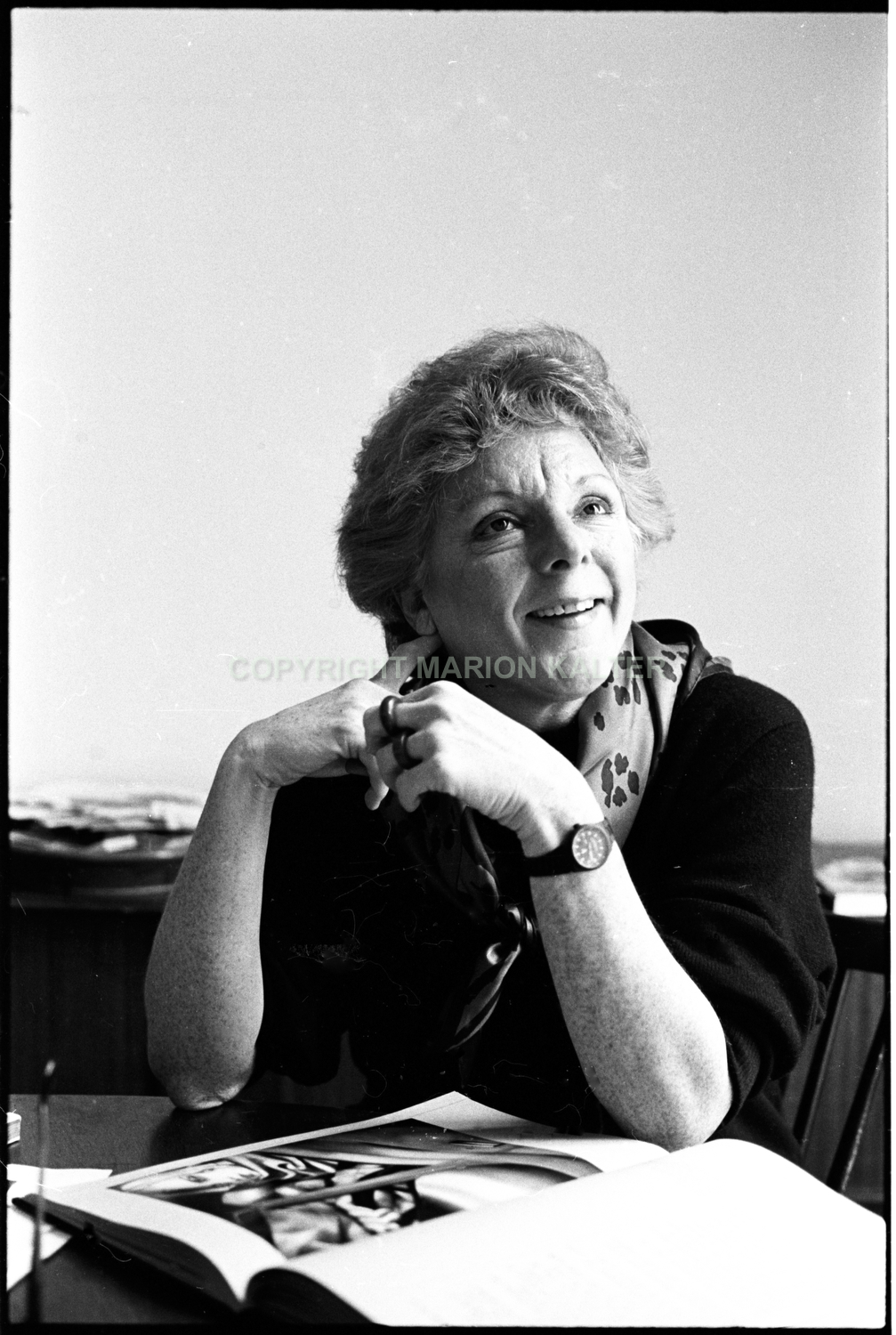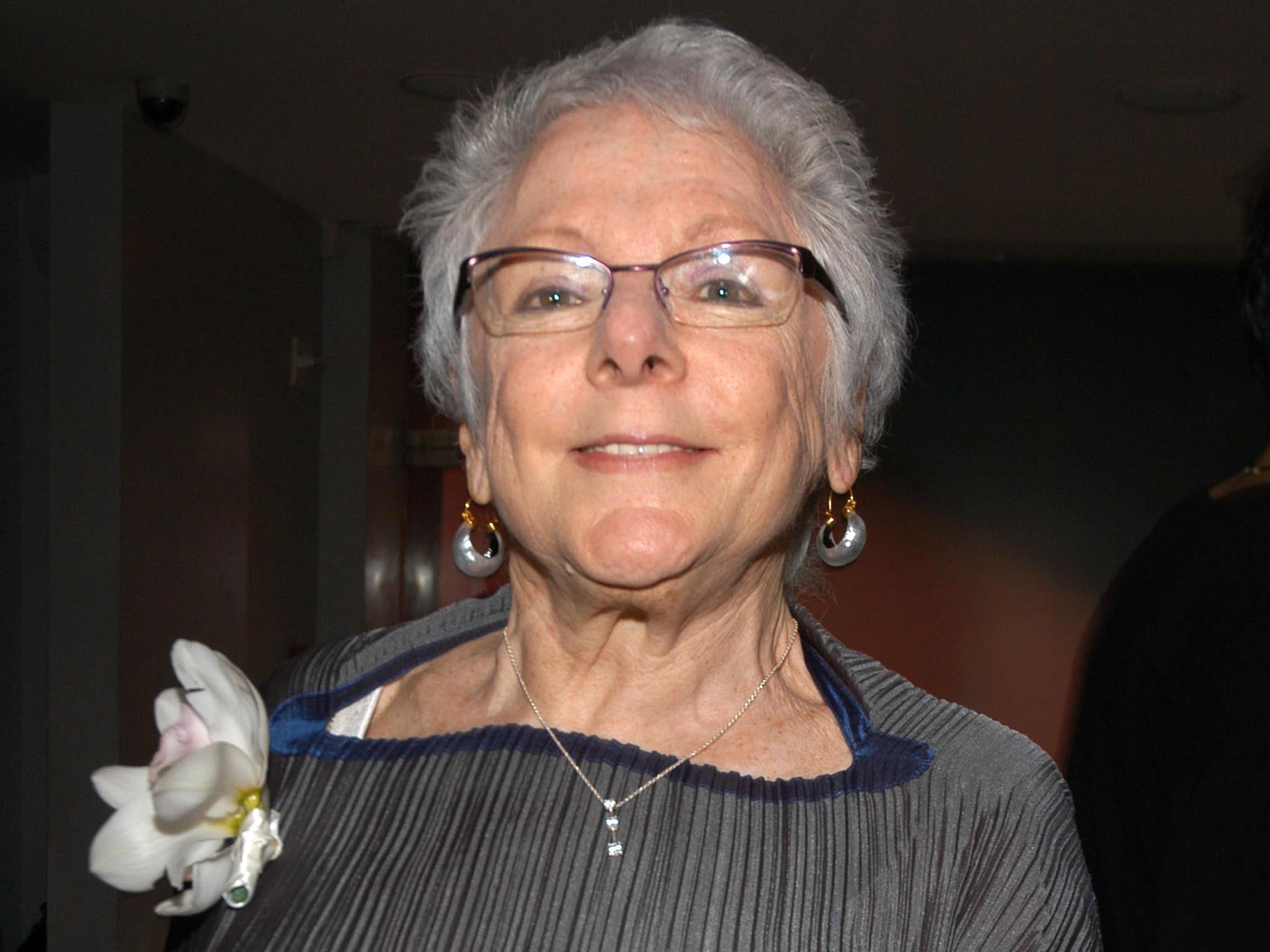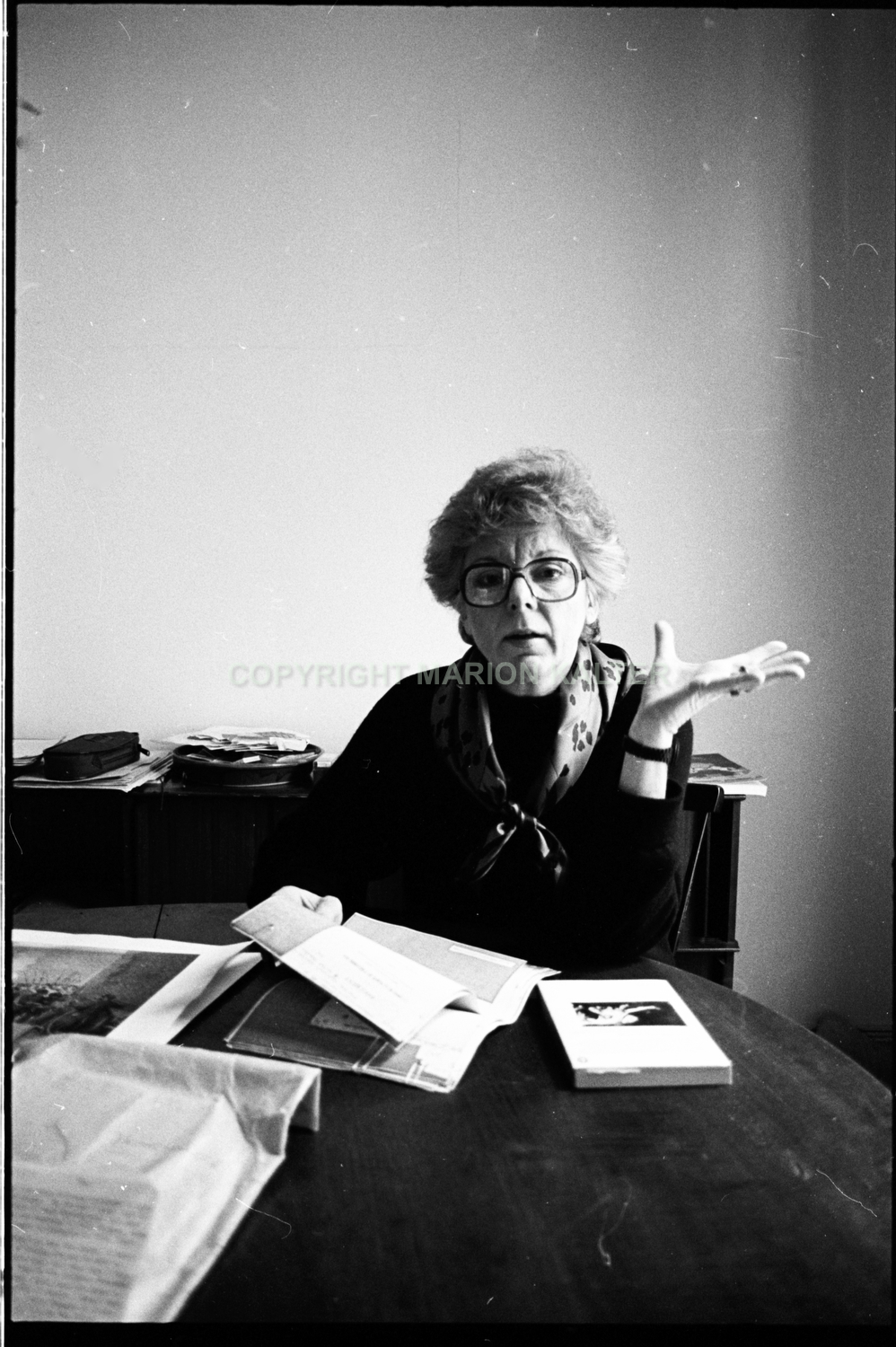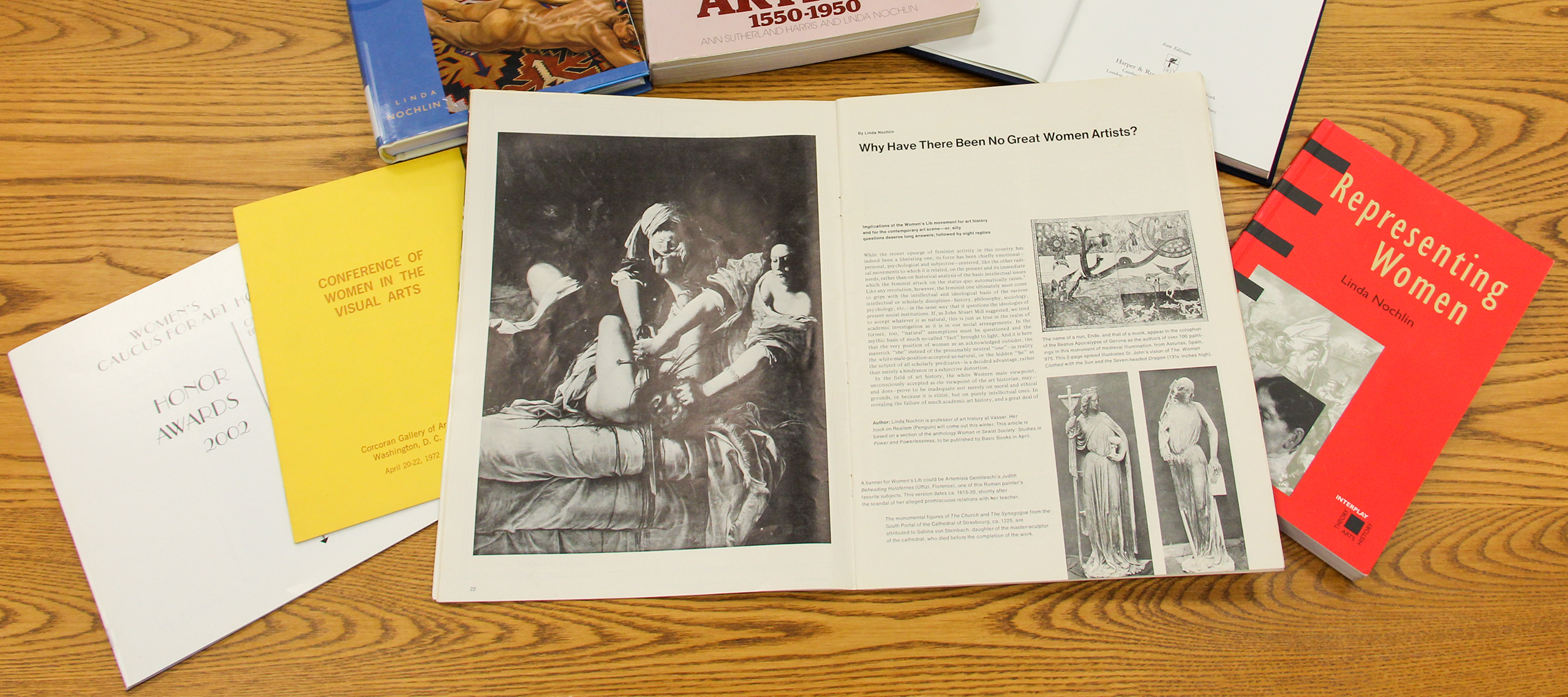
When we reflect on the **history of art**, it often conjures images of a landscape predominantly shaped by male artists, overshadowing the significant contributions made by women throughout the ages. This oversight prompts us to consider the vital role that female artists have played in enriching this cultural tapestry. One pivotal figure in this conversation is **Linda Nochlin**, whose name has become synonymous with feminist art history. She emerged as a powerful advocate for recognizing and reevaluating the contributions of women in the arts, challenging the traditional narratives that have long marginalized them. In this article, we will explore the life and career of Linda Nochlin, examining her groundbreaking work that not only highlighted the achievements of women artists but also questioned the systemic barriers they faced. We will also discuss the profound and lasting impact she has had on the art world, inspiring future generations to continue the fight for equality and representation in the arts. Through her scholarship and activism, Nochlin has opened doors for a more inclusive understanding of art history, ensuring that the voices of women are heard and celebrated.
The Early Years: A Foundation in Philosophy and Art

Born to Create
Linda Nochlin entered the world on **January 30, 1931**, in the vibrant borough of **Brooklyn, New York**. From her earliest days, she exhibited a profound fascination with the arts, which would ultimately shape her life’s work. After completing her undergraduate studies at **Vassar College** in 1951, where she earned a degree in **philosophy**, she continued her academic journey by obtaining a master’s degree in **English** from **Columbia University** in 1952. However, it was her deep-seated passion for art history that truly captivated her, prompting her to pursue a doctorate at the prestigious **Institute of Fine Arts at NYU**. This decision marked the beginning of a remarkable career dedicated to understanding and interpreting the complexities of art.
Academic Achievements
In 1963, Nochlin successfully completed her dissertation, which focused on the influential 19th-century artist **Gustave Courbet**. This significant work was later published under the title **Gustave Courbet: A Study of Style and Society**, and it not only showcased her scholarly prowess but also laid a solid foundation for her future inquiries into the intricate relationship between art and societal dynamics. Through her research and writings, Nochlin would go on to challenge traditional narratives in art history, making her a pivotal figure in the field and inspiring countless others to explore the connections between art, culture, and identity.
Shifting Focus: The Rise of Feminist Art History

A Pivotal Moment in Art History
In the year **1969**, art historian Linda Nochlin embarked on a groundbreaking journey by introducing one of the very first art history courses that specifically focused on the representation of women in art. This course, titled **“The Image of Women in the Nineteenth and Twentieth Centuries,”** was revolutionary in its approach, compelling students to critically examine and rethink the ways in which women have been depicted in various artistic forms throughout history. By challenging traditional narratives, Nochlin opened the door for a deeper understanding of gender dynamics within the art world, setting the stage for future discussions on women’s contributions to art.
“Why Have There Been No Great Women Artists?”
In **1971**, Nochlin took her advocacy a step further by publishing her influential article in **ARTnews**, which would later be recognized as a foundational text in feminist art criticism. In this pivotal piece, she posed the thought-provoking question, **“Why have there been no great women artists?”** Her exploration revealed that the absence of recognized female artists was not due to a lack of talent or ability; instead, it was a result of systemic barriers that prevented women from accessing the same opportunities available to their male peers. This groundbreaking article ignited a movement, inspiring both scholars and artists to reassess and challenge the prevailing narratives that had long marginalized women in the art world.
The Lasting Impact of the Article
Linda Nochlin’s article not only galvanized a new generation of feminist artists but also instigated a significant transformation in the way art history was researched, taught, and understood. In the wake of her work, museums began to curate more exhibitions that prominently featured **women artists**, thereby acknowledging their contributions and achievements. The field of feminist art history began to thrive, fostering a rich dialogue about gender, representation, and the importance of inclusivity in the arts. Nochlin’s legacy continues to resonate, as her insights have paved the way for ongoing discussions about equality and representation in the art world.
Curatorial Contributions and Continued Advocacy

Women Artists: 1550–1950
In the year **1976**, the art world witnessed a significant milestone with the co-curation of the groundbreaking exhibition titled **“Women Artists: 1550–1950”** at the **Los Angeles County Museum of Art**. This exhibition was not just a display of artworks; it was a pivotal moment that highlighted the often-overlooked contributions of women artists throughout history. By bringing attention to their achievements and struggles, the exhibition played a crucial role in reshaping the narrative surrounding women’s representation in the arts. This initiative further solidified Linda Nochlin’s reputation as a dedicated advocate for gender equality in the art world, demonstrating her commitment to ensuring that the voices and talents of women artists were recognized and celebrated.
Later Academic Pursuits
Following her impactful tenure at Vassar College, Linda Nochlin transitioned to a position at the **City University of New York**, where she continued to make significant contributions to the field of art history until **1990**. During this period, she not only influenced countless students but also engaged in important scholarly work. Among her notable achievements was the co-authorship of the influential book **Courbet Reconsidered**, which offered fresh perspectives on the works of the renowned artist Gustave Courbet. Additionally, Nochlin published a series of thought-provoking essays in the collection **Women, Art, and Power**, further establishing her as a leading voice in discussions about the intersection of gender and art. Her academic pursuits during this time were instrumental in shaping the discourse around women’s roles in the art world and inspiring future generations of art historians and artists alike.
Legacy and Lasting Influence

Teaching and Mentorship
Linda Nochlin’s influence extended beyond her publications. She taught at prestigious institutions, including **Yale University** and **NYU**, where she continued to inspire students to explore the complexities of gender in art.
Revisiting Her Question
In **2001**, Nochlin revisited her original question in a paper titled **“Why Have There Been No Great Women Artists? Thirty Years After.”** This reflection allowed her to assess the progress made in the art world and the ongoing challenges women still face.
Global Feminisms Exhibition
In **2007**, she co-curated the **“Global Feminisms”** exhibition at the **Brooklyn Museum**, which showcased the work of contemporary feminist artists from around the world, further emphasizing the global nature of feminist art.
Table: Key Milestones in Linda Nochlin’s Career

| Year | Milestone |
|---|---|
| 1931 | Born in Brooklyn, New York |
| 1951 | Graduated from Vassar College |
| 1963 | Earned doctorate in art history |
| 1971 | Published “Why Have There Been No Great Women Artists?” |
| 1976 | Co-curated “Women Artists: 1550–1950” |
| 1988 | Published Women, Art, and Power |
| 2001 | Revisited her seminal question |
| 2007 | Co-curated “Global Feminisms” |

Linda Nochlin’s contributions to **feminist art history** are immeasurable. Her work not only challenged the status quo but also opened doors for countless women artists who had been overlooked for far too long. By asking tough questions and demanding change, she reshaped the narrative of art history, ensuring that women’s voices would no longer be silenced. As we reflect on her legacy, we must continue to advocate for equality in the arts and celebrate the diverse contributions of all artists.
So, the next time you admire a piece of art, remember the women behind the canvas. Thanks to pioneers like Linda Nochlin, their stories are finally being told.

